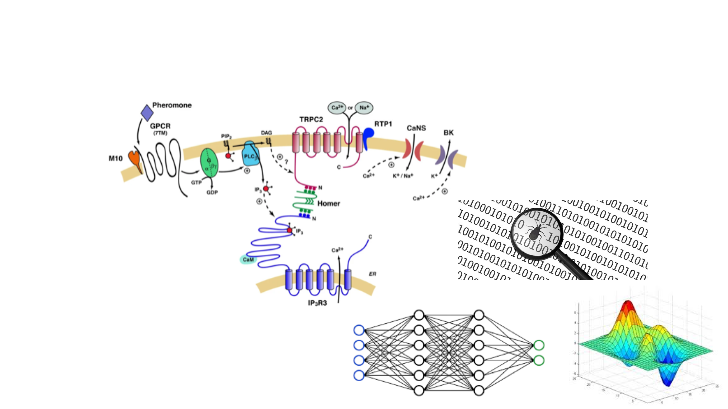
Deep reductions for modelling collectives
Tatjana Petrov and her team have explored how deep learning can facilitate model reduction for high-dimensional stochastic reaction networks. This is an important challenge in modelling dynamic systems where concurrency and stochasticity play a role. “While the idea of emulating complex stochastic processes with deep learning was not entirely new, we – for the first time – proposed how to further automate deep abstractions for stochastic Chemical Reaction Networks (CRNs) by learning the neural network architecture along with learning the transition kernel of the stochastic process,” explains Petrov. The method is applicable to any given CRN, time-saving for deep learning experts and crucial for non-specialists. We demonstrate performance over a number of CRNs with multi-modal phenotypes and a multi-scale scenario where CRNs interact across a spatial grid. The computer scientist says: “The reduction power is impressive and has the potential to break the complexity barriers that were a burden to new discoveries in systems and synthetic biology for a long time.”
Publications
- Repin D, Petrov T (2021) Automated Deep Abstractions for Stochastic Chemical Reaction Networks. Information and Computation, 104788.
- Repin D, Phung NH, Petrov T (2020) StochNetV2: A Tool for Automated Deep Abstractions for Stochastic Reaction Networks. In International Conference on Quantitative Evaluation of Systems (pp. 27-32). Springer, Cham.
